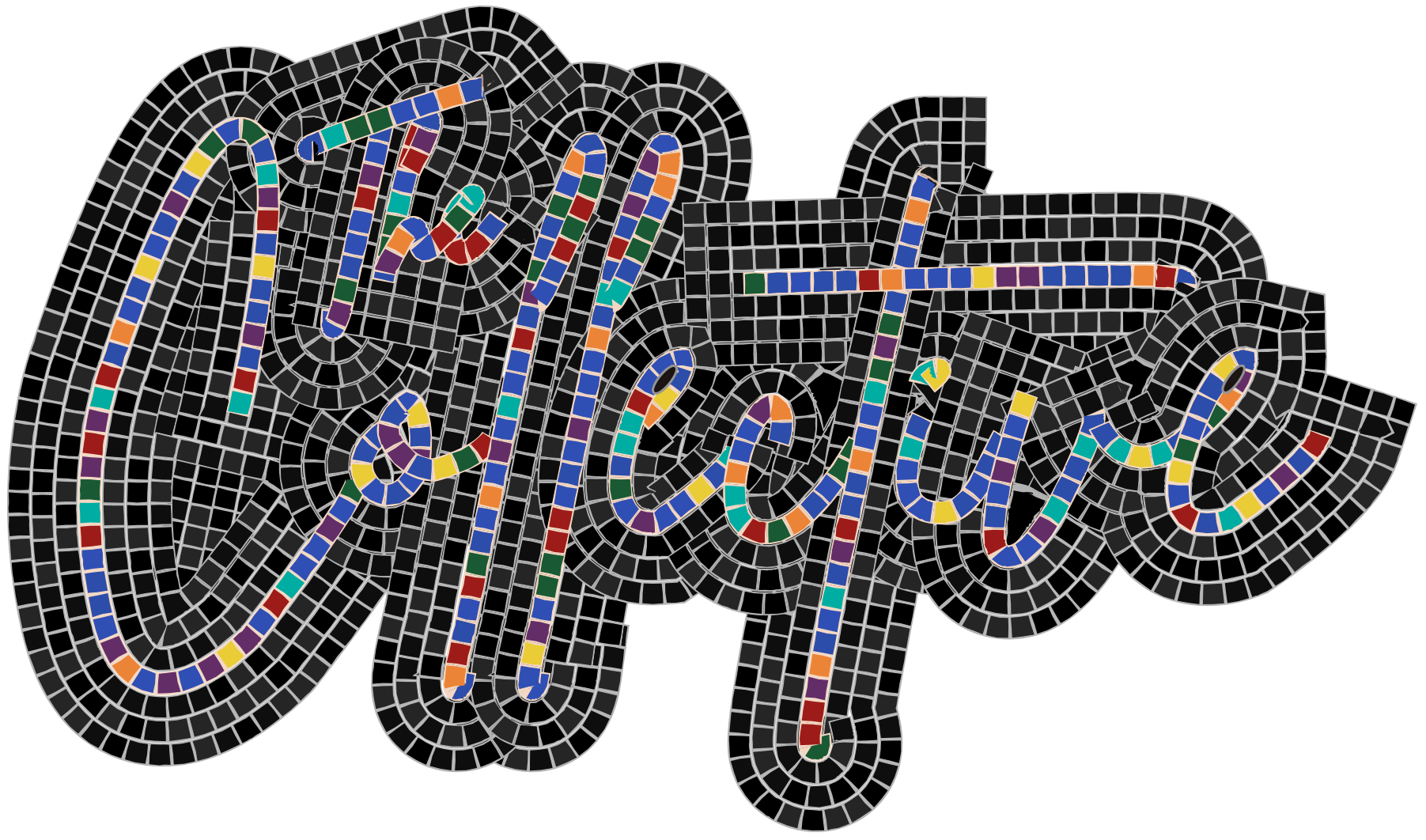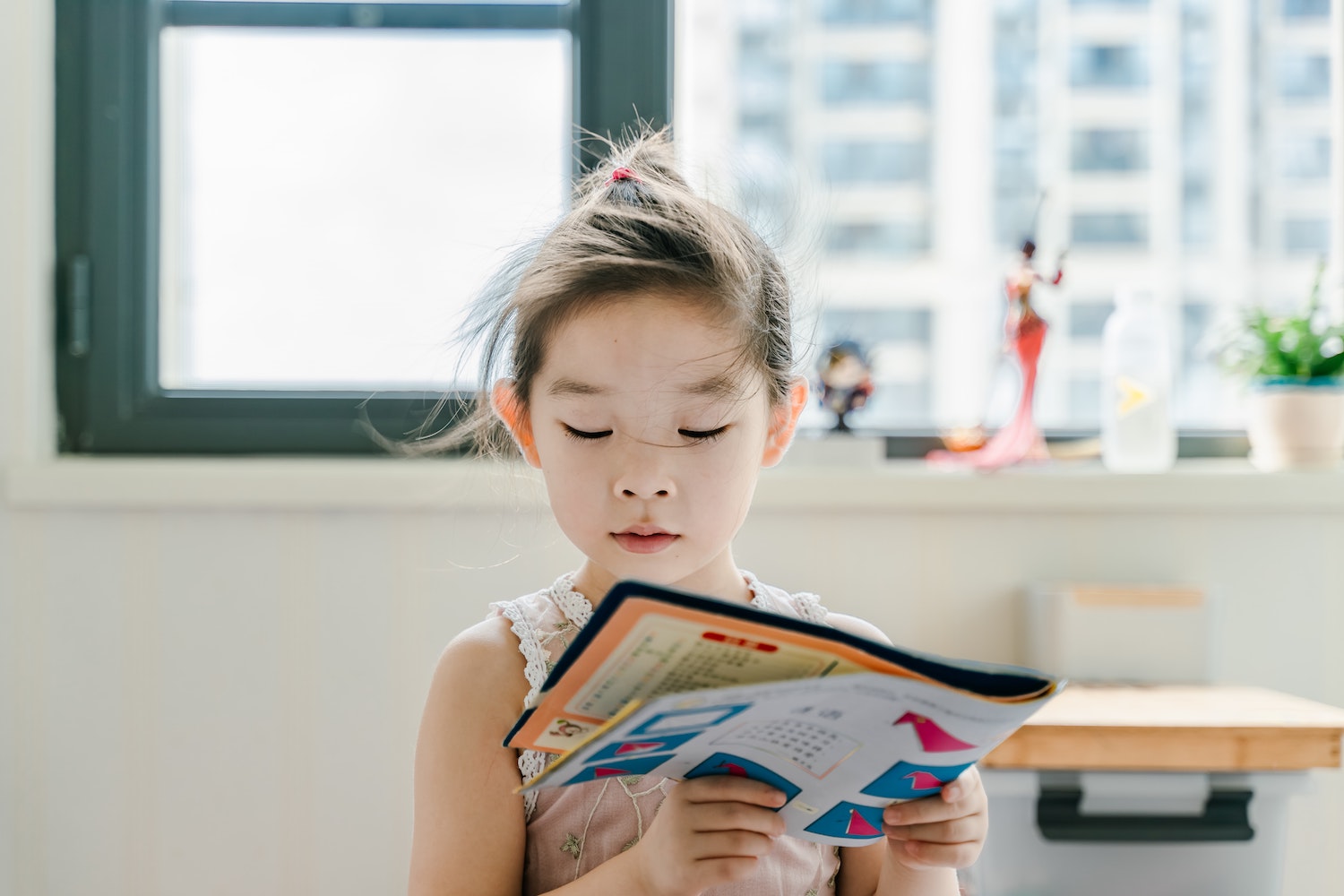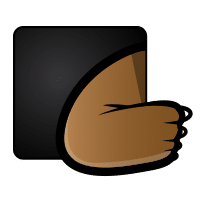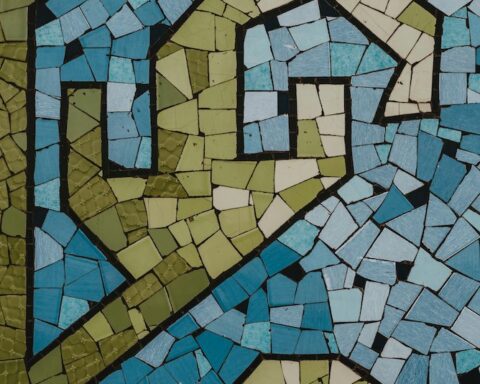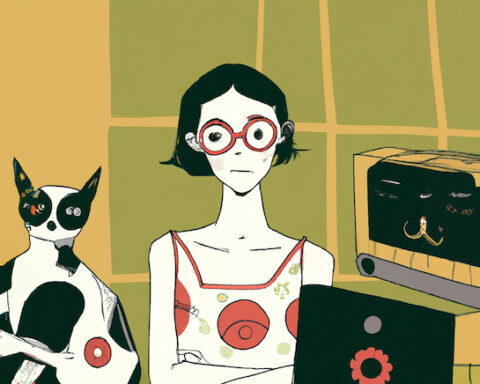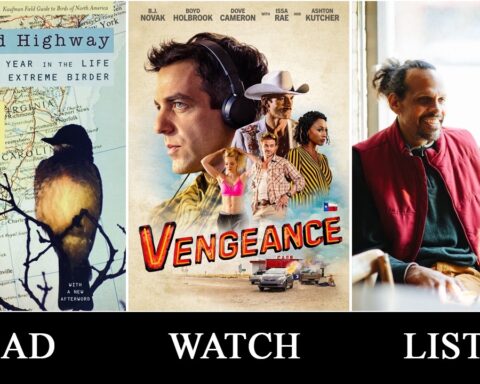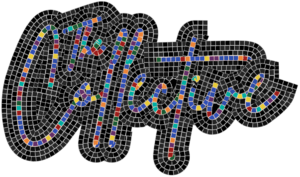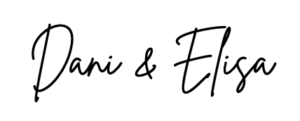Recently I read Jeanine Cummins’ American Dirt, a novel about a Mexican mother and child who, after their entire family has been massacred by the cartel, migrate across Mexico in hopes of crossing the border into the U.S. — light reading! For someone who grew up reading books mostly about white people, American Dirt gave me the opportunities both to relate to my Mexican culture and to learn a new perspective on the dangers and realities of Mexico, a country I’ve been to only a number of times. Reading about the culture in which I grew up sparked my interest in the literature; I could relate to the characters and envision their traditions in my own household. For me, American Dirt served as both a mirror and a window.
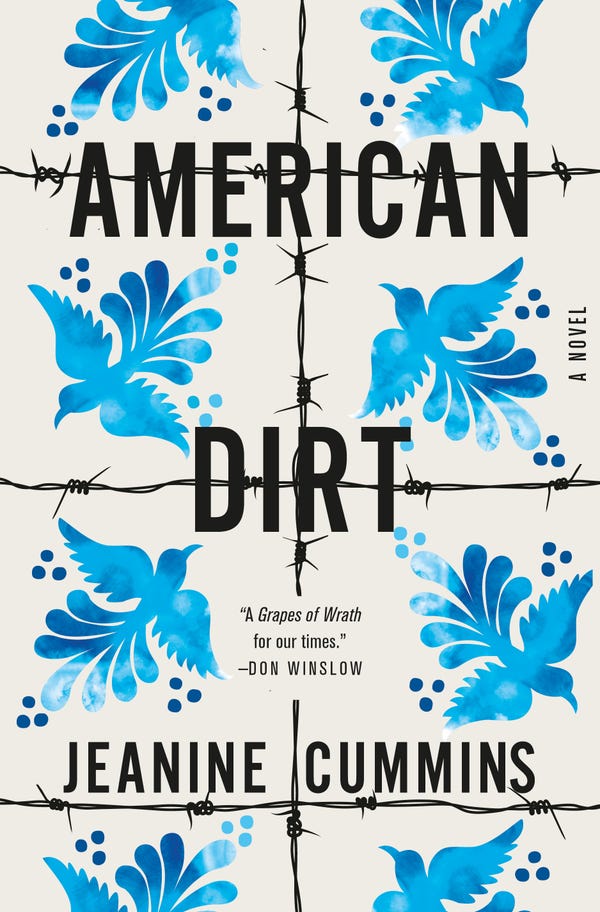
As a trumpet performer, music educator, and nonprofit administrator, I am lucky to be able to view and interact with many perspectives in and out of music. For example, and most relevant to this article, the community music school where I work serves a large population of children aged eighteen months and older. One of my supervisors teaches a great course called “Theater Adventures,” in which kids have the opportunity to put movement to words and act out storylines. One day, sharing how she selects books for class, this supervisor brought up mirrors and windows, a concept in early childhood literature that refers to young readers’ experiences and perceptions during and after reading a book;[1] that conversation has since simmered in my mind.
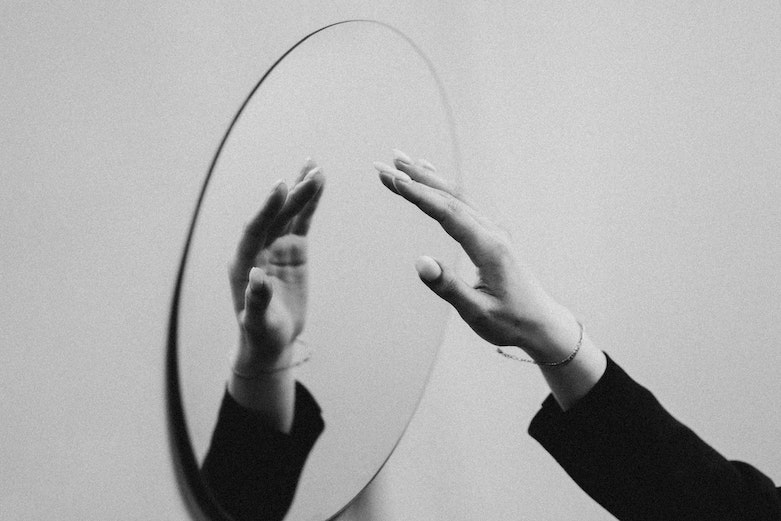
Mirrors contain story lines, characters, and experiences in which readers can see themselves. Mirror books are vital in early education, as they make the reader feel seen, heard, related to, and most importantly validated. As the saying goes, you can’t be what you can’t see. It is empowering for readers to see themselves and their cultures reflected in a story. Mirror books allow us all to visualize what we are capable of and what our place in the world might be. When children are not able to see themselves in books, or when their cultures or identities are emulated in a negative way, children feel devalued within society.[2] Conversely, windows contain story lines, characters, and experiences in which readers can see the lives of others.[3] Window books may not be relatable to the reader’s life directly but offer a new view into the life and experience of someone else.[4] Equally important to early education, window books allow young students to begin to understand the vast multicultural world in which they live.
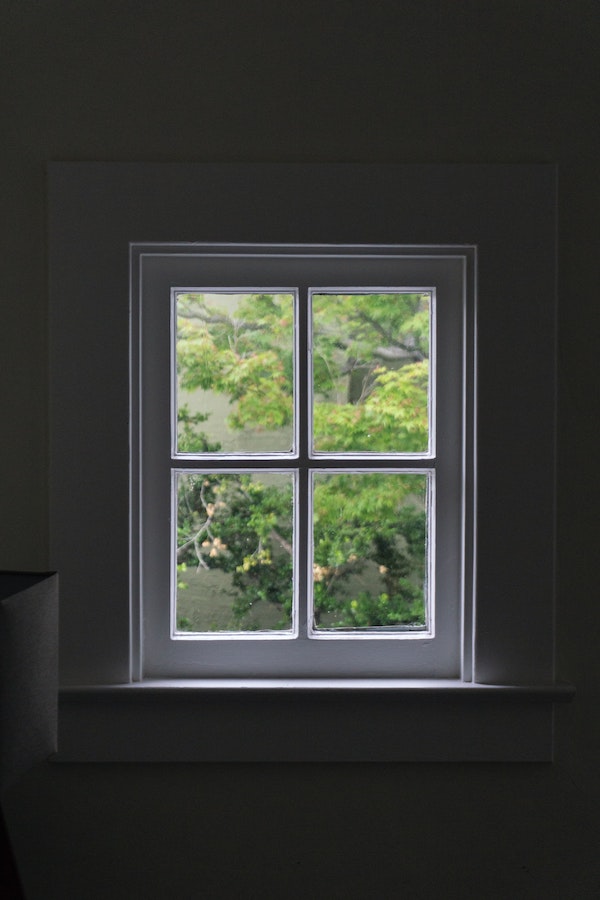
In his Ted Talk, young Indian author Akhand Dugar explains the first time he was exposed to this kind of mirror and the impact it had on his life.[5] He describes how, growing up reading books written mostly by white authors living in the United States, his perception of the world largely consisted of Western culture. When he first read a book by an Indian author, he found he could actually relate to the protagonist (mirror), which then also gave him insight into his own culture and others’, widening his perspective of the world and how he fit into it (window). Seeing himself in the story also helped him discover the possibilities of what he could contribute to the world, eventually leading him to pursue a career writing mirror books for other children.
In many regards, Dugar and I both grew up primarily experiencing Western culture (music, TV, books, food, etc.), and when we were given the opportunity to experience a mirror in literature, it was so enticing that we both decided to take action, each in our own way, to bring that feeling to others. This complex co-identity of mirror and window that books offer — to relate to others and ourselves — not only reinforces our experiences but also allows us the freedom to open our minds and explore different perspectives and cultures.
Adults experience windows and mirrors just as children do — the big difference is in the type and level of impressionability. Long before my idea for this article, I came across the children’s book My Voice is a Trumpet by country-pop star Jimmie Allen. Of course, you’re not supposed to judge a book by its cover, but because this one had three students of different genders and races on the front, plus the word “trumpet,” naturally I had to pick it up. Allen’s message in the story is that no matter how small you are or what you look like, your voice is important and valid. The diverse characters in My Voice is a Trumpet serve as mirrors to a diverse range of children — the relatability inspiring them with the confidence to express their beliefs.
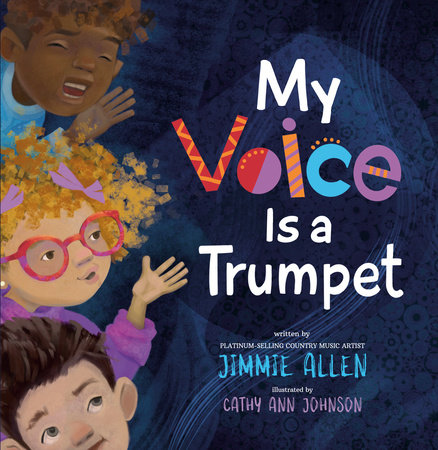
Window books are just as important and vital to young students. I think back to reading the “classics” in public school — The Adventures of Tom Sawyer, Where the Red Fern Grows, The Great Gatsby — and the insights they offered into different time periods, cultural norms, language styles, experiences, and challenges, which opened my mind to a world far beyond my own life in small-town Texas. Expanding beyond our own bubbles is especially relevant in our current moment, in a society working to expand its own consciousness of the racism, misogyny, and homophobia that for so long have been considered cultural norms.
The U.S. Census Bureau projects that by 2050, ethnic groups of color will make up half of the U.S. population, and yet music education organizations still so often hire white cis-males who do not reflect the actual student population. The same problem persists in music curricula, which often fails to address many non-white cultures. Content integration (a teaching method in any discipline in which a variety of cultures and groups are used to illustrate key concepts, principles, and theories[6]) is a great resource that can be used to expose music students to a curriculum that expands beyond the typical canon. Reach Out and Read, a 501(c)3 nonprofit that gives young children a foundation for success by incorporating books into pediatric care, describes how when children of color do not find themselves represented in the literature they’re reading, they face feelings of exclusion, inferiority, and a lack of self-worth.[7]
This concept of mirrors and windows through content integration can be directly applied to music performance and education. Just as in literature, young musicians should be offered the resources to discover music from all cultures and genres, through theory, history, and performance, to see themselves and others in the music they make and to understand the validity of diverse musical realities. Further, when students have an arsenal of different styles and perspectives under their belts, the opportunity for creativity has no limit. As musicians, we can’t limit ourselves or our students to techniques, beliefs, or works drawn only from the standard music canon, or even from our own discipline. The world around us affects us all, musically and non-musically; in such an open educational environment, there is nothing students can’t play, learn, or create.
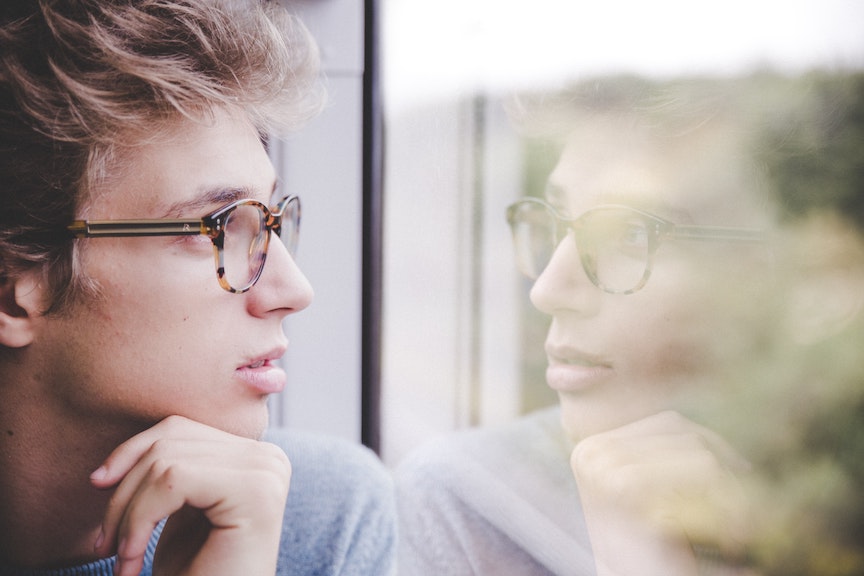
Every required music history course my university colleagues and I took covered the music of dead white men almost exclusively, with the occasional white woman composer. I was never exposed to Hispanic or Mexican composers/performers unless I took a specialized course. The same experience is true for other BIPOC and LGBTQ+ musicians. I wanted so badly to be a successful musician at the time that I didn’t bother to question why my heritage — or the heritage of students from other underrepresented communities — wasn’t a part of the conversation. I was given mostly windows in my music education and, while I learned many beautiful aspects of music history, the resources I needed to believe that my personal goals were viable came only when mentors and friends from similar backgrounds encouraged me to explore who I am as an individual and musician. This took its form mostly through my interactions with other female brass players: a mirror.
As our society becomes more polarized, particularly shown in responses to the Me Too and Black Lives Matter movements, many institutions respond in support of diversifying music education, including programming and commissioning black and brown composers, hiring diverse board members, working to expand curricula, and creating funds for musicians from diverse backgrounds. These actions are invaluable not only to address the socio-economic disparities and barriers in our field, but for students to realize the mirrors and windows in the musical ethos surrounding them.
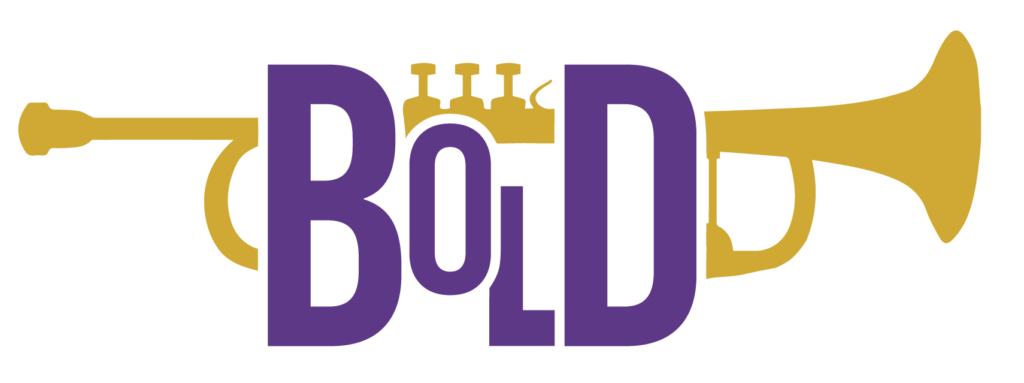
Within the past few years, many organizations have been founded that serve the purpose of diversifying traditional music education. In my own work beyond teaching, I strive toward these values by introducing my students and colleagues to great organizations that are tackling the lack of diversity firsthand. One initiative (which I am particularly proud to have co-founded) is Brass Out Loud, an nonprofit organization dedicated to uplifting and inspiring brass players everywhere. We are especially interested in supporting brass players who have felt underrepresented in the world of Western art music by elevating the work of black, indigenous, POC, female, non-binary, and LGBTQ+ musicians. Our events address the various needs and challenges faced by the brass community, and our inclusive faculty and staff offer new perspectives on what it means to be a musician today through three key initiatives: annual workshops, panel discussions, and BOLD chats. The BOLD website also includes a resource page dedicated to providing accessible content by and for underrepresented musicians.
Another great organization is Diversify the Stand — “dedicated to working with diverse musical voices to create accessible educational music.” Yet another, The Sphinx Organization, is a social justice nonprofit dedicated to “transforming lives through the power of diversity in the arts” among four program areas: education and access, artistic development, performing artists, and arts leadership. Sphnix provides resources specifically for Black and Latinx musicians through funding, mentorship, and education.
When we consider the amount of information accessible to us by literally the flick of a finger on our phones, there is no reason we cannot work to holistically expand music education curricula and practice to include examples that extend far beyond the traditional Western canon. Incorporating cultures outside of those we are comfortable with is not a waste of time — our students will appreciate us for it! After all, we teach human beings, not machines. And as educators, it is our obligation to not just teach music, but to draw, critically, from the world around us to validate students’ personhood in the mirror, as well as show them the vast world through the window.
Exercise
How do we, as music educators, ensure that young musicians don’t feel devalued? How do we introduce and choose content for our students that allows them to experience both windows and mirrors? How can we build a curriculum with a foundation of trust, diversity, and content integration? Here are some questions, written by educator Terry Kawi, originally intended for consideration of children’s literature, that can be used when selecting examples of musical repertoire, history, performers, composers, etc.
When considering musical material that will serve as a window:
- Who are my students?
- What are their interests?
- What do my students find curious?
- What connections to prior knowledge can we make?
- Through what ways can I learn different things about my students?
When thinking of musical material that will serve as a mirror:
- What more do I need to know about my students?
- How old are they? How much of the world have they seen thus far in their lives?
- How does intersectionality exist in our learning spaces?
- How do my students see themselves?
- What activities can I design to help students explore their identity/identities?
- How can I prepare myself so I can best support students in this process?
[1] Tabb, Lanesha. “Books as Mirrors and Windows (as Defined by Dr. Rudine Sims Bishop).” Education With An Apron, August 10, 2020. https://laneshatabb.com/2020/05/books-as-mirrors-and-windows-as-defined-by-dr-rudine-sims-bishop/.
[2, 4] Bishop, Rudine Sims. “Mirrors, Windows, and Sliding Glass Doors.” Reading is Fundamental, January 3, 2015.
[3, 6] Banks, James A. “Multicultural Education and Global Citizenship.” Chapter. In Cultural Diversity and Education: Foundations, Curriculum, and Teaching, Fifth ed. Boston, MA: Pearson, 2006.
[5] Mirrors, Windows, & Sliding Doors. Youtube. Tedx, 2020. https://www.youtube.com/watch?v=oGz2q9M86Cs.
[6] Kawi, Terry. “The Importance of Windows and Mirrors in Stories.” PBS. Public Broadcasting Service, April 13, 2021. https://www.pbs.org/education/blog/the-importance-of-windows-and-mirrors-in-stories.
[7] “Books Are Mirrors and Windows.” Reach Out and Read, June 23, 2021. https://reachoutandread.org/books-are-mirrors-and-windows/.
Additional Resource:
WeAreTeachers Staff on July 12, 2018 “What Are Windows, Mirrors, and Sliding Glass Doors?” WeAreTeachers, October 12, 2021. https://www.weareteachers.com/mirrors-and-windows/.
